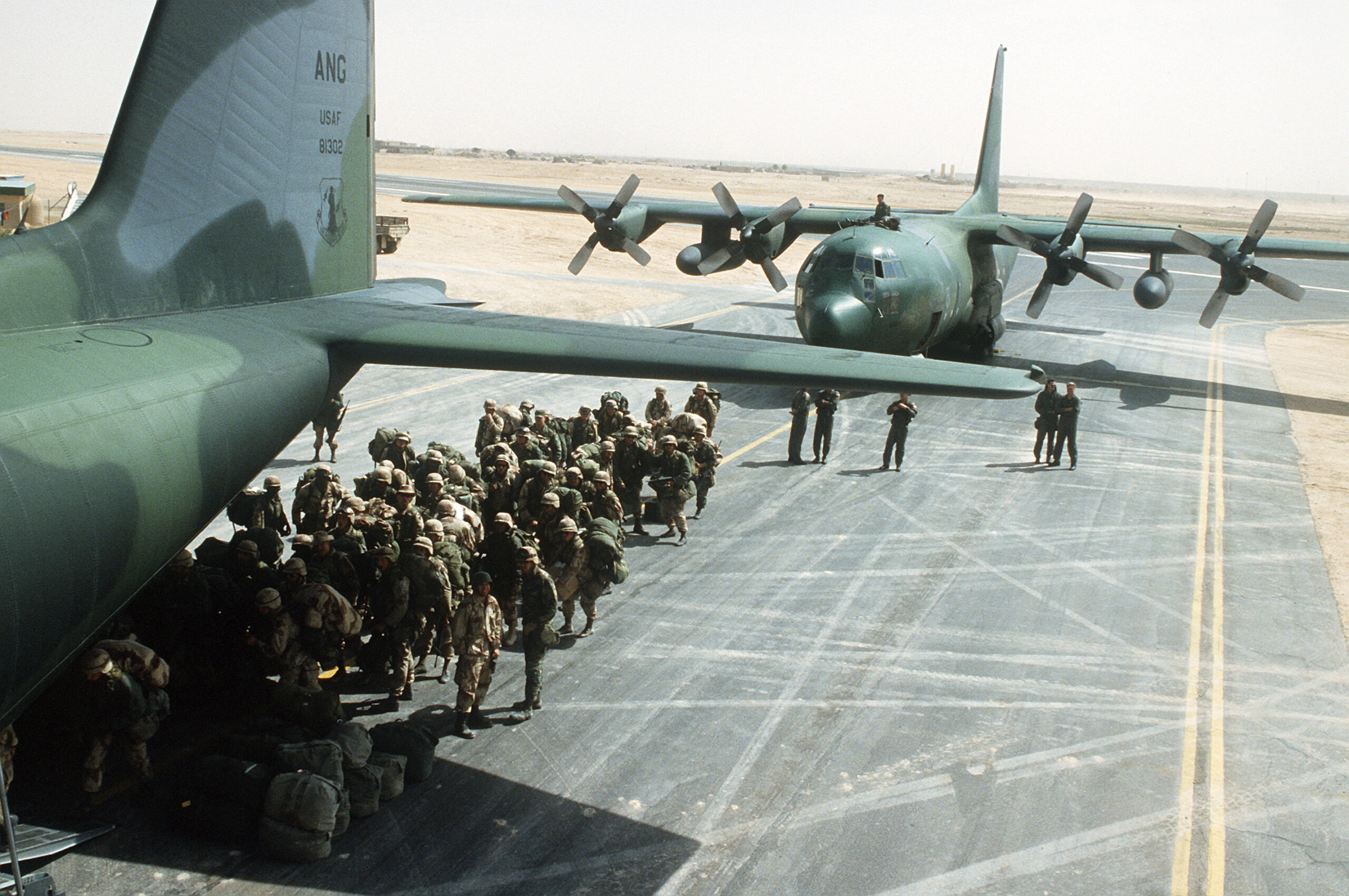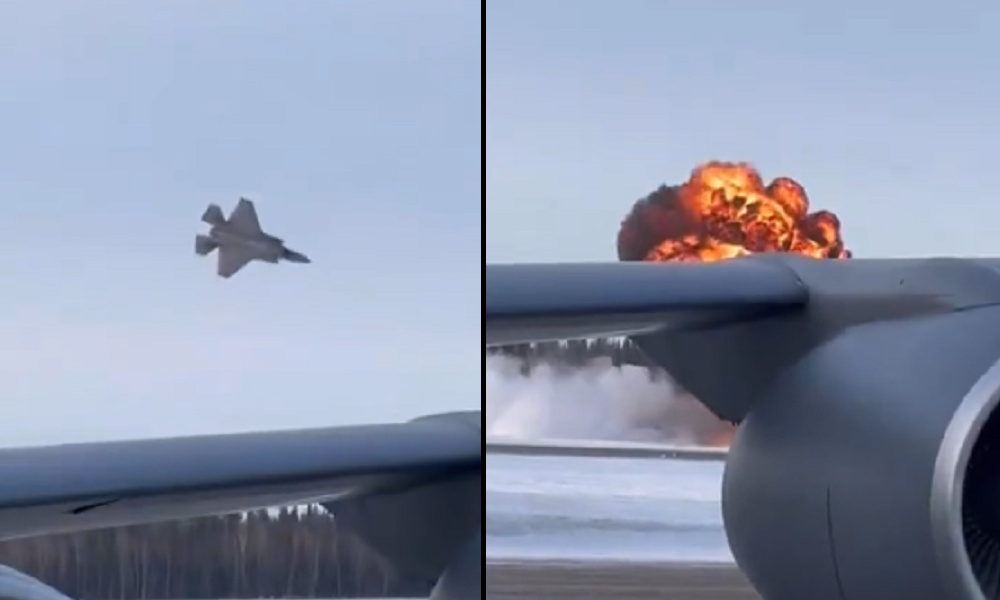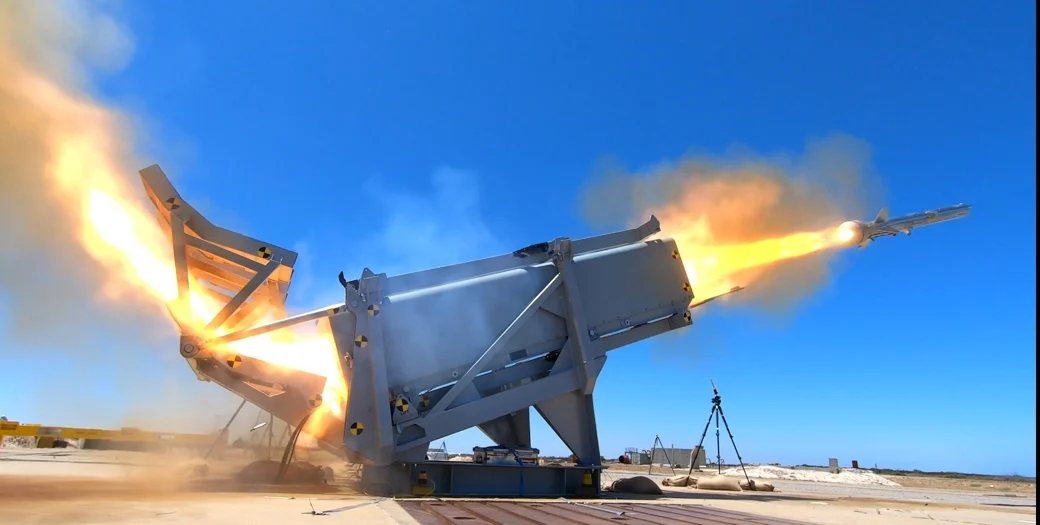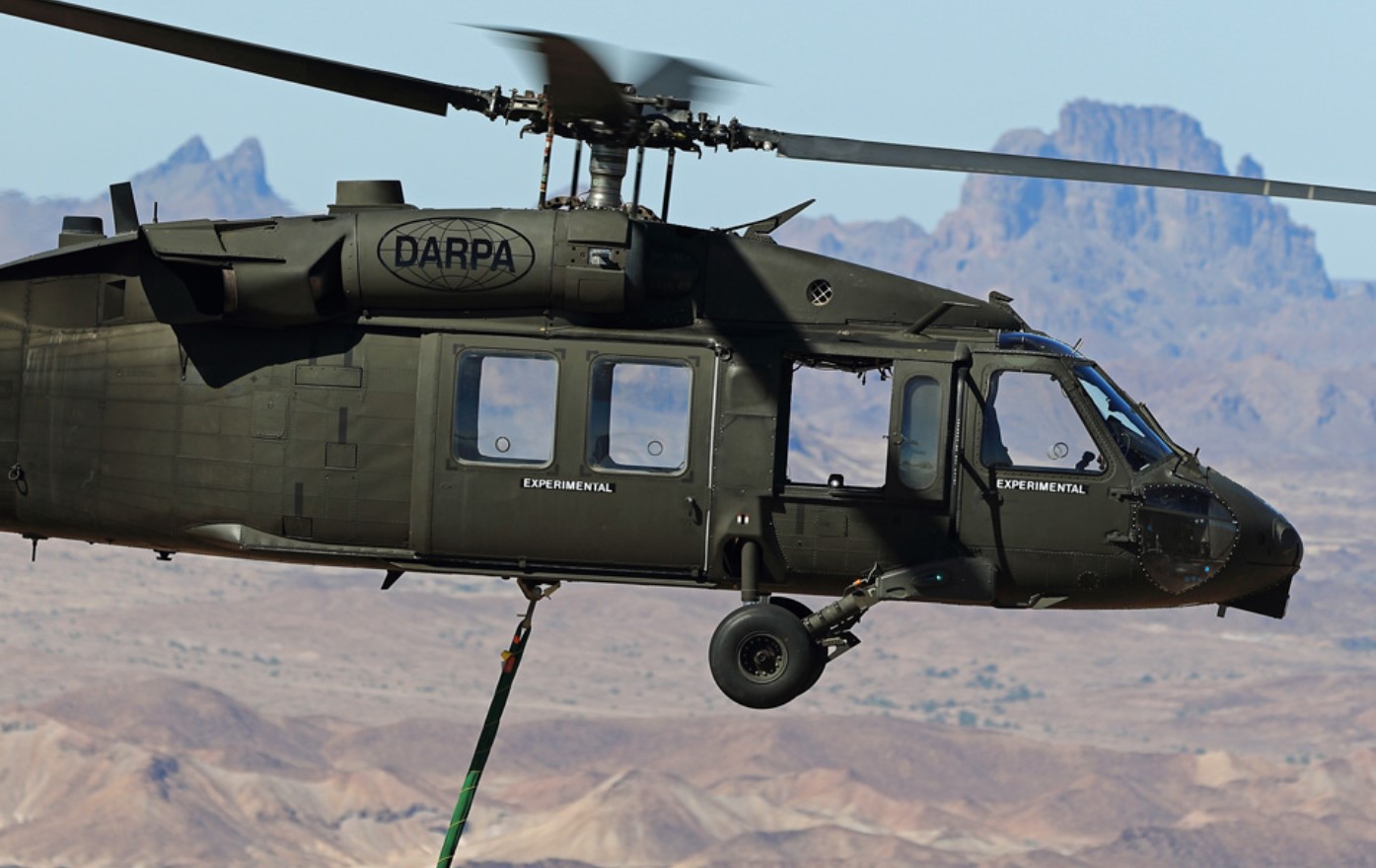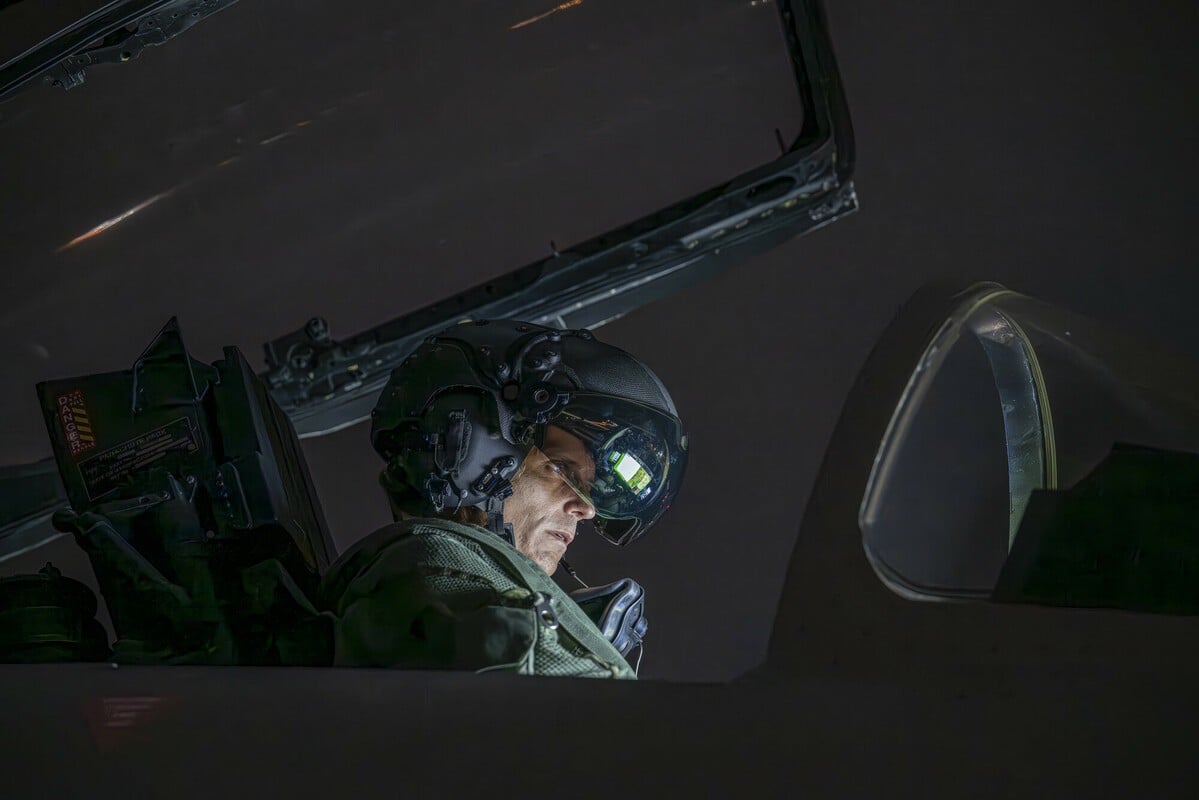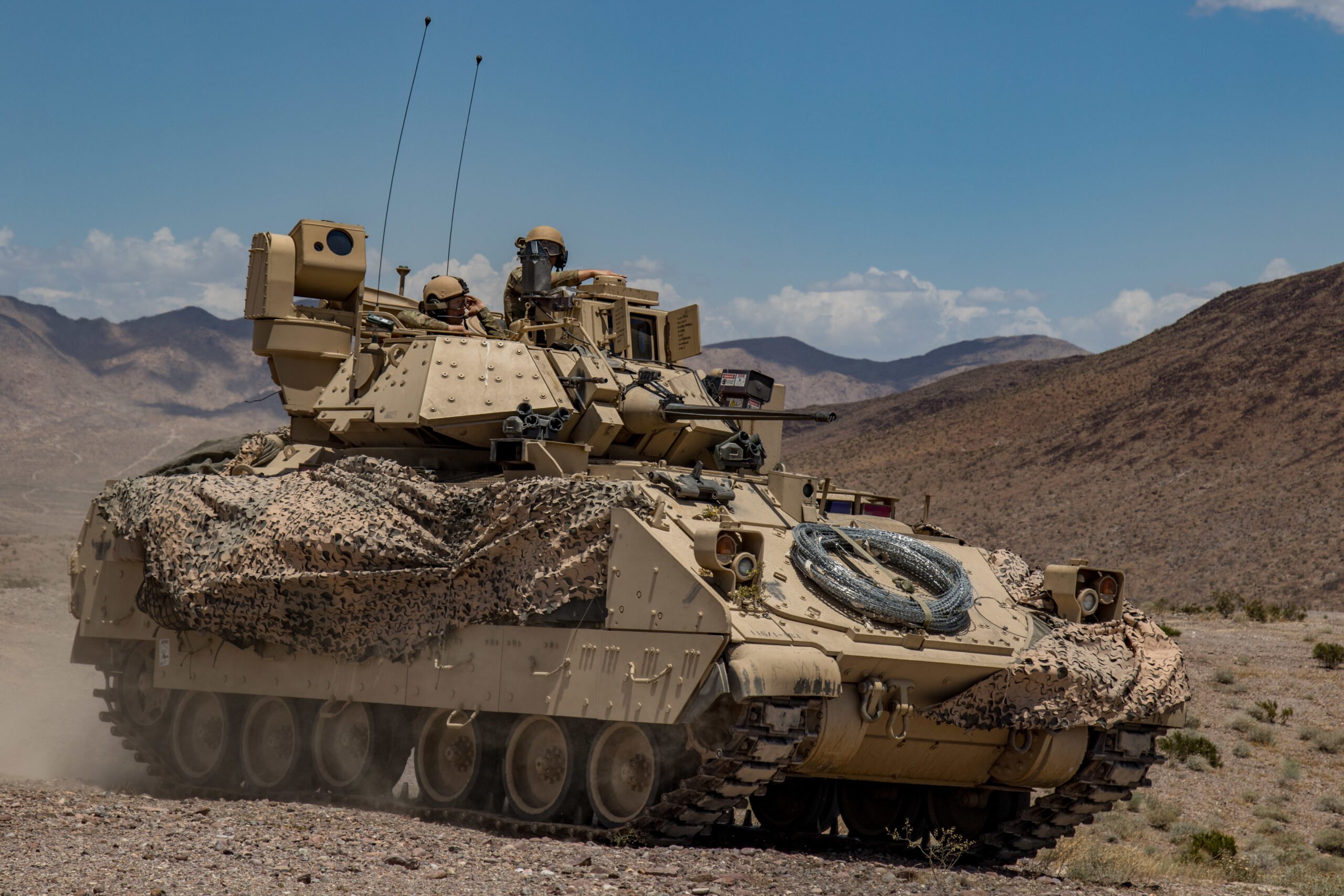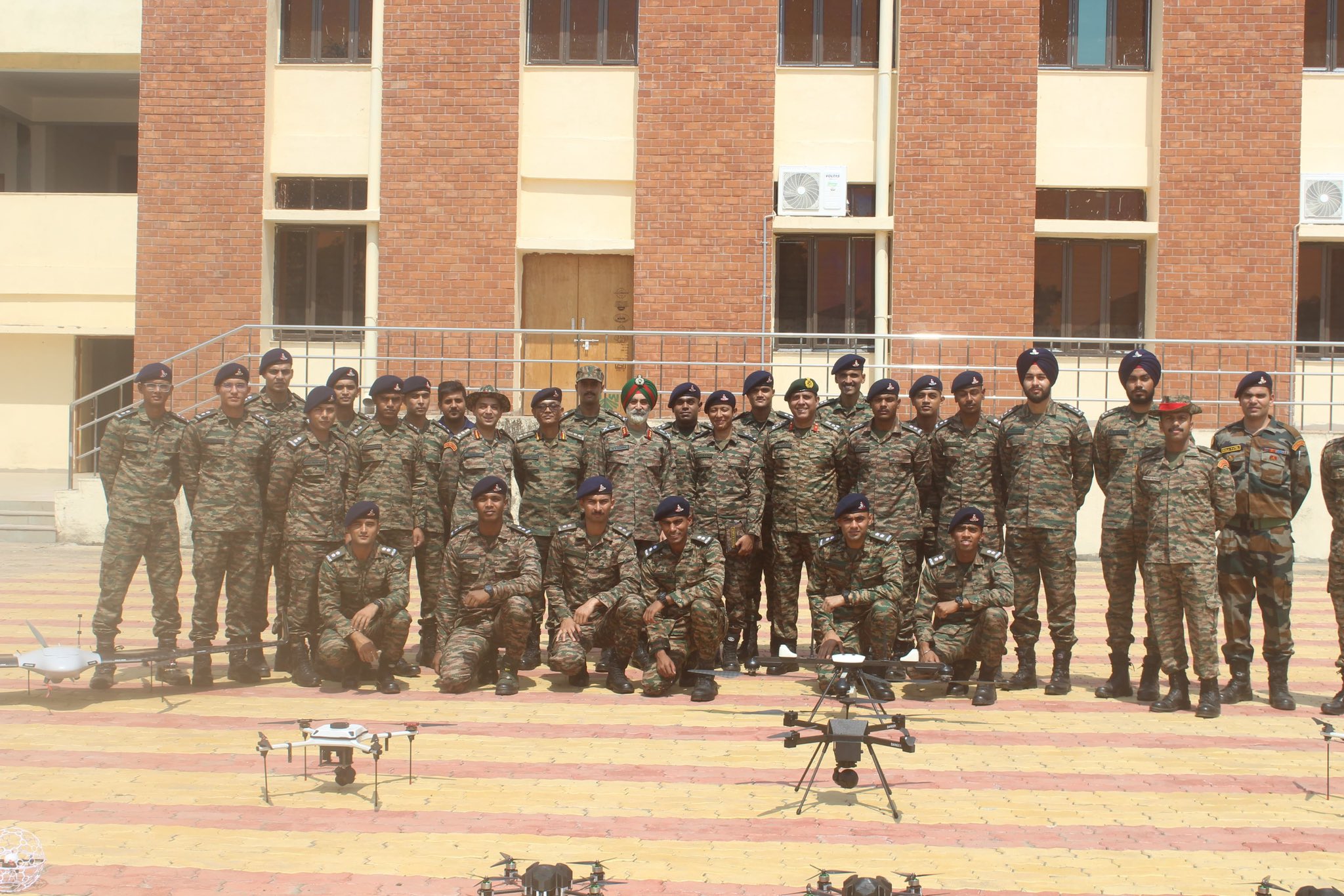A newly adopted deployment model by the US Air Force, known as Air Force Force Generation (AFFORGEN), has sparked concerns regarding potential implications for home base operations. A report from the US Government Accountability Office (GAO) has raised alarms about the risks of understaffing and logistical challenges that may arise from this new approach.
The AFFORGEN model represents a significant shift in how airmen are deployed. Instead of sending individual personnel from various wings and bases to fulfill overseas missions, the Air Force is considering a wing-based deployment strategy, where entire units are mobilized as cohesive teams. This model is aimed at fostering better familiarity among deployed airmen, enhancing unit cohesion during operations, and reducing the time required for teams to acclimate to one another.
Historically, under the previous deployment system, airmen would often find themselves working alongside unfamiliar colleagues, necessitating extended periods for training and integration. With the traditional approach, personnel typically returned to their respective bases after six months deployed abroad, only to be separated again for approximately 12 months.
Despite the potential benefits of enhanced unit cohesion, the GAO’s warning has highlighted significant concerns regarding the operational capabilities of home bases once units are deployed. According to the report, the Air Force has yet to thoroughly assess whether there will be adequate personnel available to maintain essential functions at these bases during deployments. Critical roles such as security personnel, supply support, air traffic control, defensive cyber operations, and nuclear weapons handling may experience staffing shortages as a result of the model.
Locally, officials from the 5th Bomb Wing at Minot Air Force Base in North Dakota have voiced apprehension that the AFFORGEN strategy could impair the base’s ability to perform necessary operations. There are even concerns that operational limitations could lead to the closure of up to three out of seven gates at some installations due to insufficient personnel.
In response to these challenges, the GAO has recommended that the Air Force undertake a comprehensive assessment across the service to ascertain the minimum staffing levels required to sustain home base operations effectively. Additionally, the Air Force is advised to identify potential risks and gaps that may arise under the new deployment model.
While acknowledging the concerns raised, US Air Force spokesperson Lt. Col. Phillip Ventura emphasized that the service is not striving for a “perfect solution.” Instead, the Air Force is focused on testing new concepts and collecting feedback from operational units. Following the GAO report, Ventura indicated that steps are being taken to implement the recommended strategies to refine the AFFORGEN model. Assessments within the Department of the Air Force are projected to be concluded by January 1.

